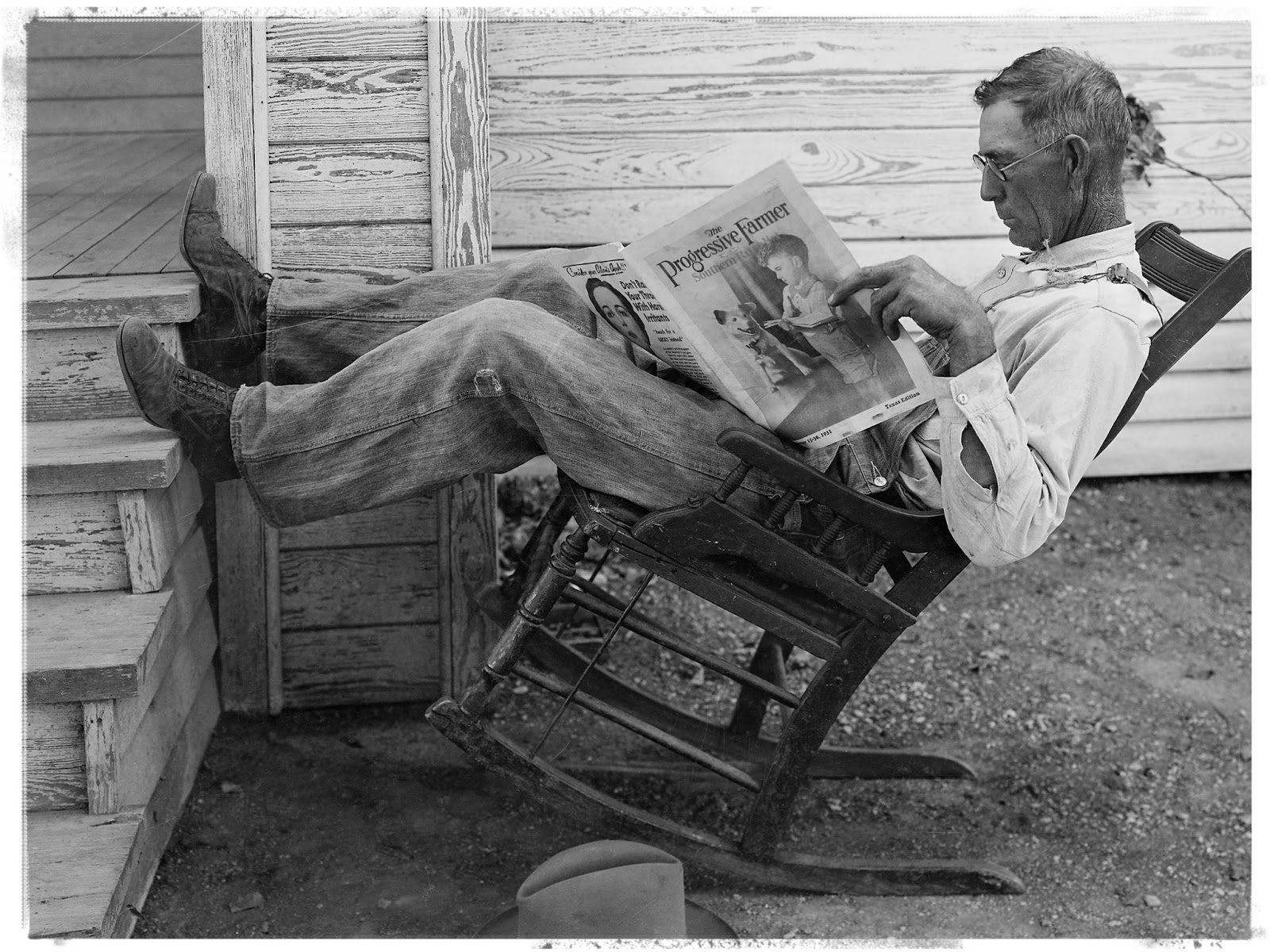“Back for Good: The Fine Art of Repairing Broken Things.” Katie Treggiden profiles British artists and producers who are working to make mending beautiful in a culture that valorizes the new. These “artists and designers are leading the way in exploring what mending really means. . . . Through exploring the practice of repair, they are laying the groundwork for new ways of thinking about the objects we surround ourselves with. Perhaps we can move away from the veneration of newness that is exemplified by unboxing videos on YouTube, and instead learn to celebrate the storied patina that comes with care and repair.”
“Households Are Back.” C.R. Wiley hopes that the disruptions of the pandemic and the growing possibilities for working from home will once again make productive households central to our lives. And in the concluding paragraphs, he points to Tom Bombadil as an exemplar; if that intrigues you, don’t miss his classic FPR essay on the “Bombadil Option.”
“Roger Scruton is the Heretic we Need.” Douglas Murray takes stock of Scruton’s legacy and argues that his essays and books remain timely guides to the challenges of our day: “My own suspicion is that Scruton’s reputation will only grow, as the problems he warned of grow in their dimensions, and the need to find ways out from them become more compelling still. He may have written most movingly of dying in time, but anyone interested in living in time should reach for his work.”
“Through the Human Lens: The Millions Interviews Meghan O’Gieblyn.” Nick Ripatrazone interviews Meghan O’Gieblyn about her new book. They “spoke about how metaphor sustains language, our stubborn search for meaning, and what it means to be human in a transhuman world.”
“Going Back to Cincinnati.” In a thoughtful essay on one of the most polarizing figures in American politics, James Pogue focuses on those local loyalties that don’t fit neat partisan categories:
Ohio’s modern political culture was shaped by migrants, black and white, from rural America and the fringes of Europe, who for a very brief window of time managed to build a sense of stable prosperity and communal feeling. This bred a society shaped by an aching memory of the places that had been left behind, and a deep attachment to the stability and sense of order that they’d sacrificed the older life to gain.
It was only in the ’90s that we really solidified our national two-party consensus that it was backward, silly, and entitled to expect this kind of life. It was the local left, a people who blended a belief in universal values and a grounding in very regional customs and history, that carried on a lonely resistance. They were told they were standing in the way of progress. They were told that they didn’t understand where history was headed.
“A People’s History of Philadelphia.” Addison Del Mastro reviews C. Dallett Hemphill’s Philadelphia Stories: People and Their Places in Early America: “Hemphill turns every character, from Francis Johnson, to Stephen Girard, to the snobbish, elitist Grace Growden Galloway, into full people, with complicated attitudes and opinions defined in part by their times and surroundings—but also ultimately by their own lights.”
“We Became American: Why the Right is Wrong about Afghan Refugees.” Onsi A. Kamel wrestles with difficult questions of immigration, assimilation, and the US obligation to refugees.
“A Nation Divided Over Unity.” Yuval Levin reviews Samuel Goldman’s After Nationalism and asks probing questions about the character of American unity: “Around what, exactly, do we think our country should be unified? What makes America special, and what should hold it together?”
“Market Apocalypse.” Brad East reviews Rodney Clapp’s Naming Neoliberalism: Exposing the Spirit of Our Age. East suggests “you might imagine it renamed, à la Patrick Deneen’s bestseller, Why Neoliberalism Failed. Like Deneen, Clapp wants to draw critical attention to what is hiding in plain sight. ‘What goes unnamed’ in such circumstances ‘is the neoliberal framework that entraps us all.’”
“Kazuo Ishiguro’s Suffering Servants.” Noah Millman considers Ishiguro’s newest novel in the context of his past work, and he concludes that Ishiguro “has been telling this story over and over, a story about societies of people who make themselves into godlike figures and the serving classes on whom that conceit depends. But in the previous iterations, the manifest and unjust suffering of those serving classes, the denial of their selfhood, has perhaps obscured the degree to which they retain much of what we value most of humanity, precisely what has atrophied among their human gods.”
“Nice Image You’ve Got There. Shame If It Got Memed.” L.M. Sacasas wonders if we live in a post-image world now, one in which the meme and the timelines where they appear dominate consciousness.





